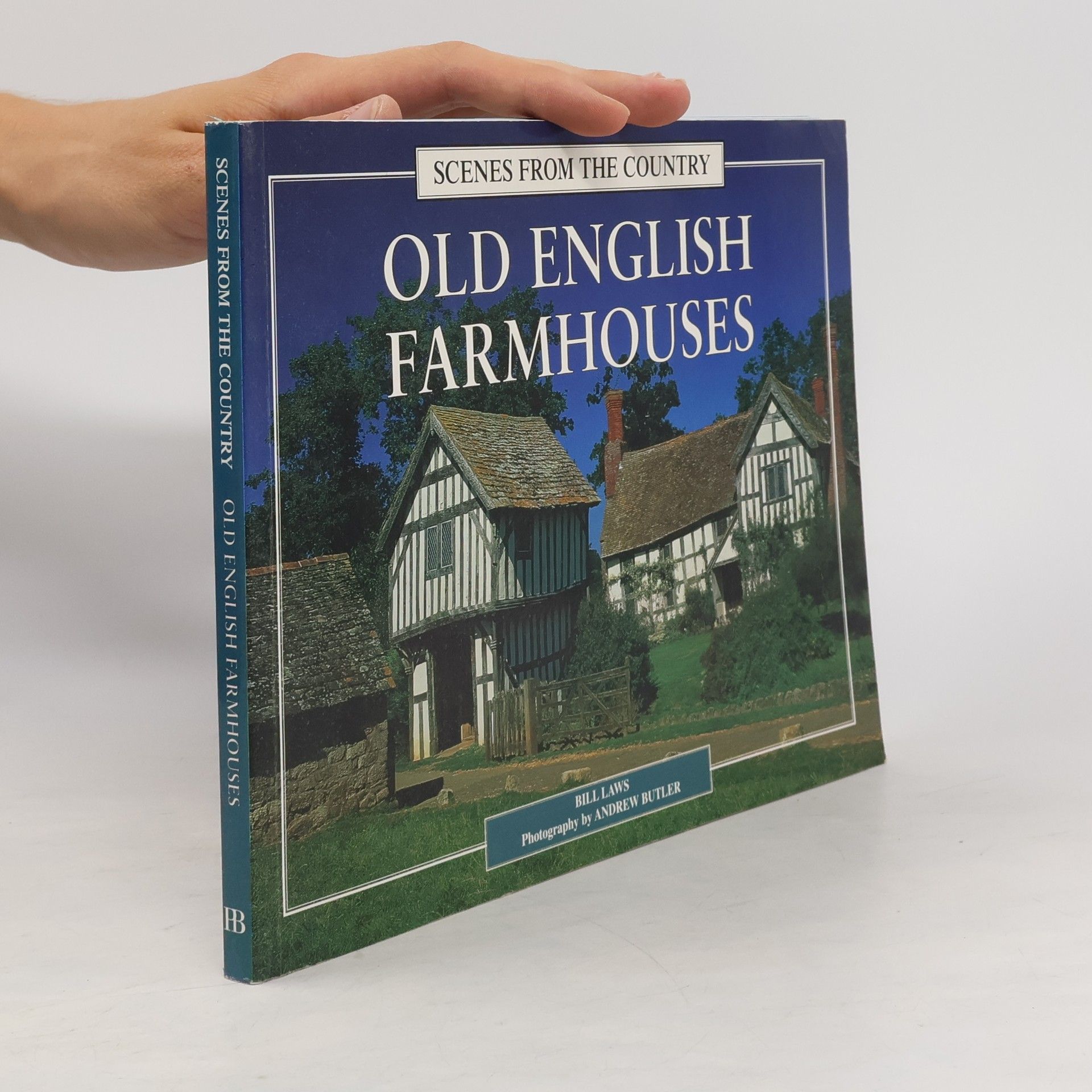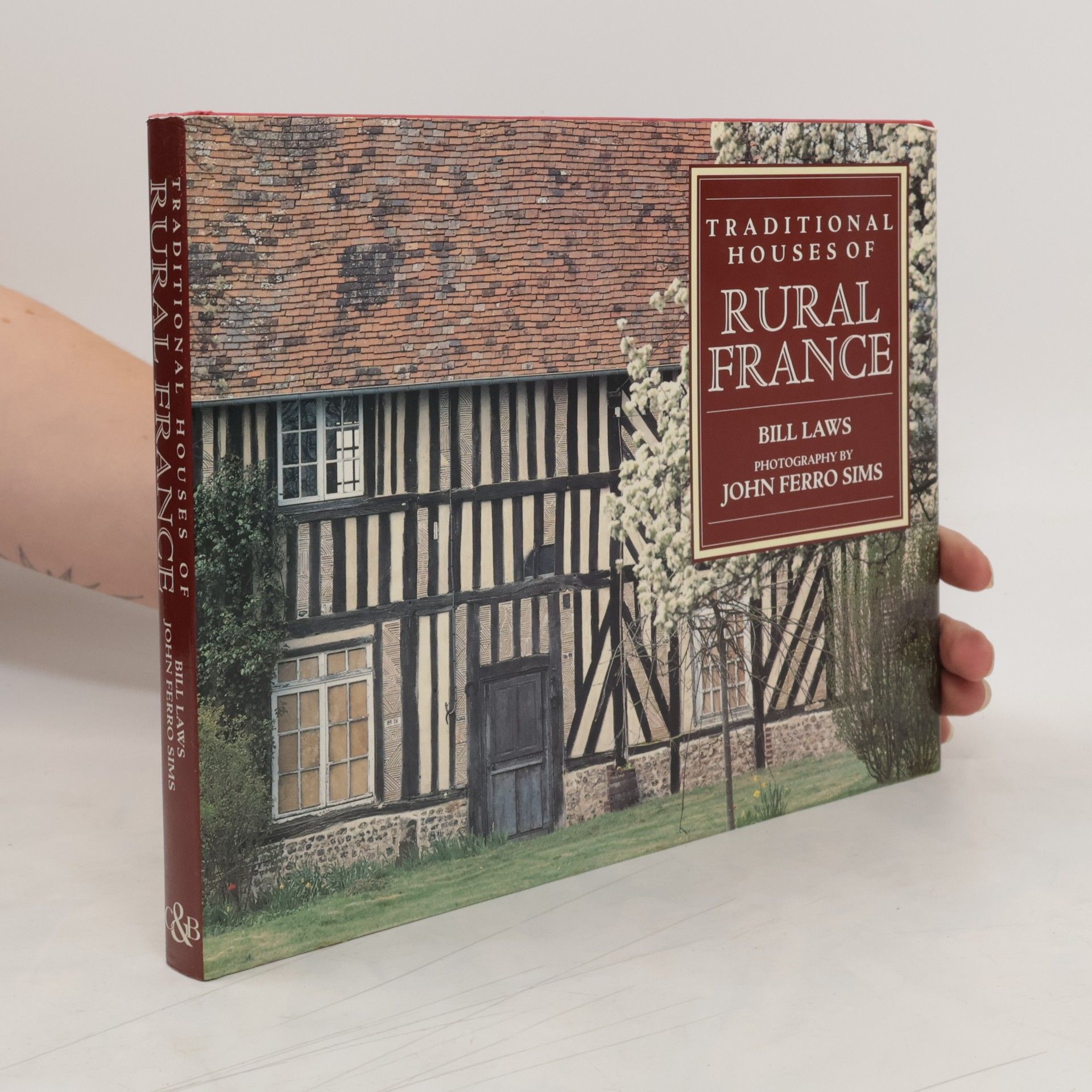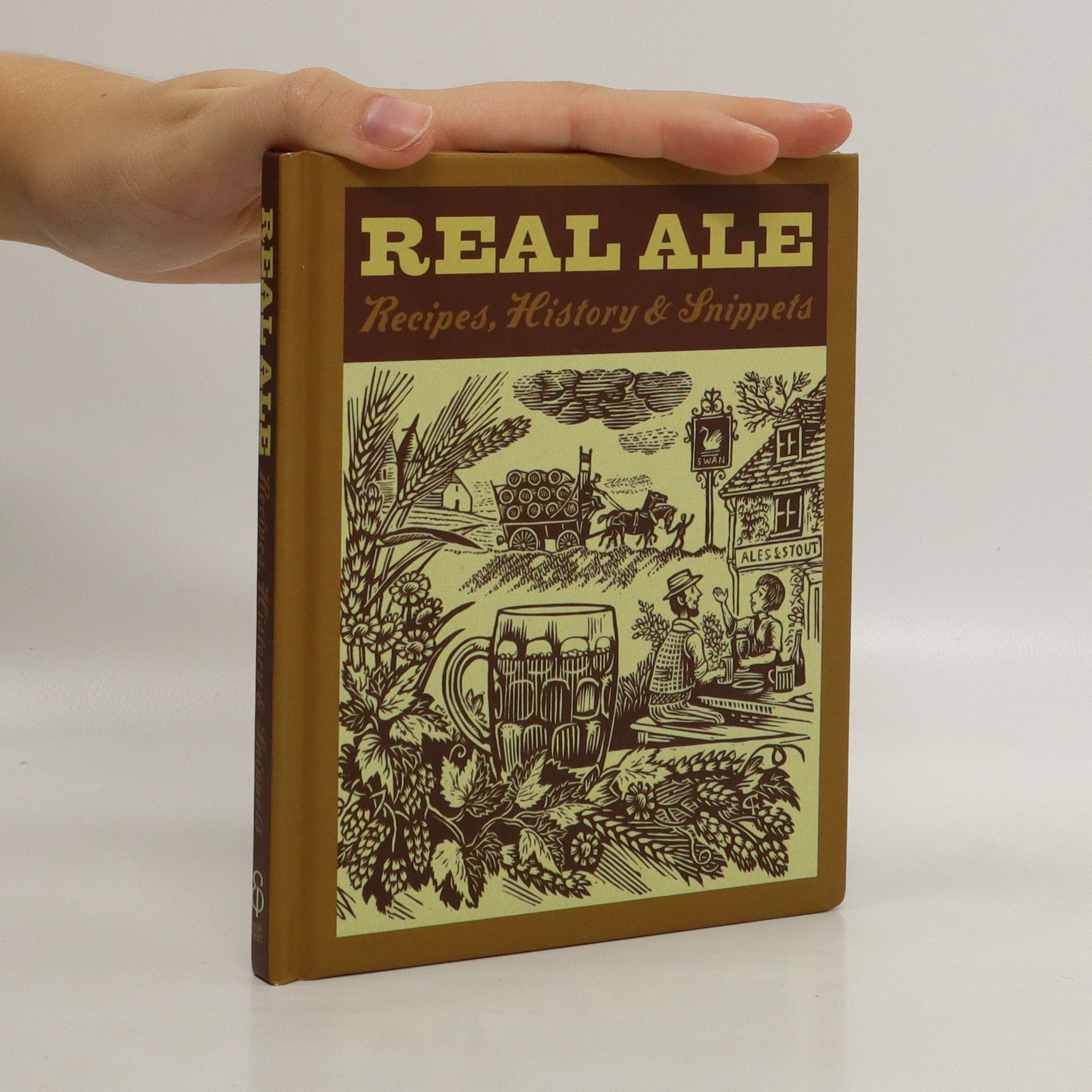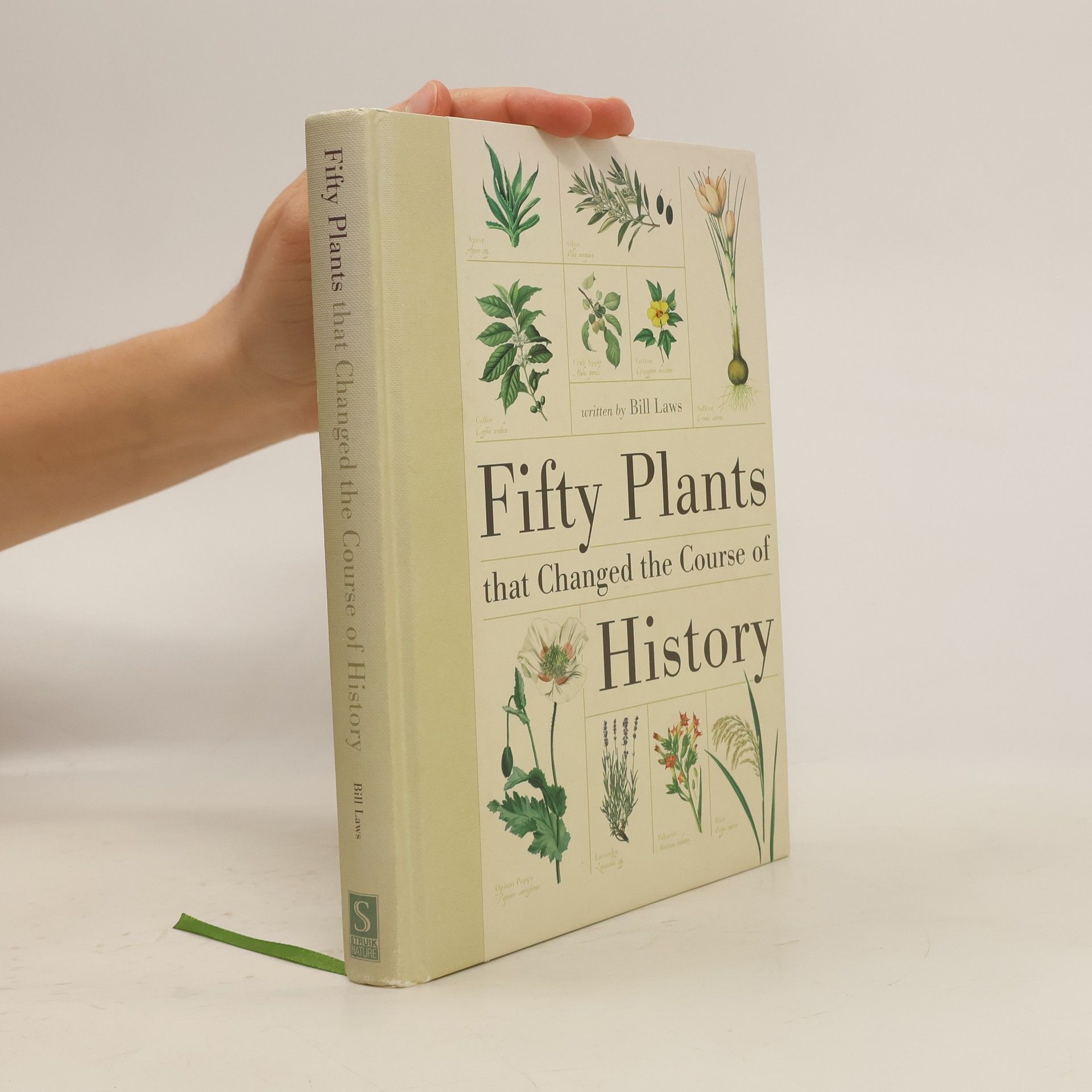'Artists' Gardens' celebrates the work of 20 artists from around the world, ranging from Renoir to Patrick Heron, and explores the close links between the artists, their works and their gardens and local landscapes.
Bill Laws Libri






The fascinating stories of the plants that changed civilizations.
Fifty Railways that Changed the Course of History is a fascinating, beautifully presented guide to the train lines and rail companies that have had the greatest impact. Entries range from the Metropolitan Line, the world's first underground railway, to the Pacific Railroad, the first transcontinental railroad in North America.
Written by social historian Bill Laws, this book looks at the history of real ale.
Traditional Houses of Rural France
- 160pagine
- 6 ore di lettura
An architectural tour of the French countryside
The Curious History of Vegetables
- 256pagine
- 9 ore di lettura
Delving into the cultural and historical significance of vegetables, this book traces the journey of various types, including the Maris Piper potato and the Couch Potato phenomenon. It examines how these vegetables have shaped diets, culinary practices, and even societal trends over time. Through engaging narratives and insights, readers will discover the impact of these humble foods on history, health, and identity, highlighting their importance beyond mere sustenance.
Home Truths: An Alternative History of Every House
- 240pagine
- 9 ore di lettura
Exploring the fascinating history of household inventions, this book reveals the unusual stories behind everyday items that shape our living spaces. It delves into the origins of features like dado rails, power showers, and fitted kitchens, while highlighting intriguing tales such as the tragedies of Leo Baekeland's plastics and the impact of the penny post on front doors. With insights into how historical events influenced modern design, readers will gain a newfound appreciation for the details of their homes.
Potato
- 128pagine
- 5 ore di lettura
We LOVE potatoes, and why not? At only 100 calories per spud, they're an incredible source of vitamins and minerals (they pack more vitamin C than tomatoes and oranges), and contain 60 different kinds of phytochemicals and vitamins in their skins and flesh. They are also one of the most popular of foods, whether it’s a bowl of buttery mash, a cone of salty chips at the seaside or a baked spud with melting cheese on top. But perhaps the most amazing thing about potatoes is how useful they are This book looks at every aspect of this humble vegetable, from its origins and how it spread around to world, to how to grow them, cook and eat them. From comfort food to eye watering poteen, we can also use them to clean silverware, remove rust, shine shoes, create a decorative stamp and alleviate arthritis, heartburn, and even cure scurvy!
Following the fateful announcement in 1939 that Britain was again at war, a hastily formed Home Guard prepared for a final stand against invasion, Covert Auxiliary Units were instructed to 'lay low then kill off important Germans', and schoolboy Henry Moss was dispatched to hide Aconbury church's silver. It was all change in Herefordshire. With men off fighting, women stepped in, making munitions, working in farming and forestry as members of the Land Army and Timber Corps, and joining the WAAFs, Wrens and ATS. In came evacuees and refugees, foreign soldiers and POWs. Moments of fear and tragedy - the loss of Ken Hursey's family to a runaway bomb at Rotherwas, or the unimaginable journey of Eddie Dzierza - were interspersed with lighter a group of wounded GIs demonstrating the jitterbug in the middle of the Hoarwithy Road, or the Tupsley Home Guardsman who hit his own house during mortar training. Herefordshire's Home Front in the Second World War offers a rich insight into all aspects of life in Herefordshire in wartime, through memories and photographs gathered by the county reminiscence group, Herefordshire Lore, and with important new research into the county's conscientious objectors by Dr Elinor Kelly. Bill Laws is the author of twenty titles on subjects ranging from rural architecture and a social history of walking, to gardens and local history. He helped found Herefordshire Lore in 1989.